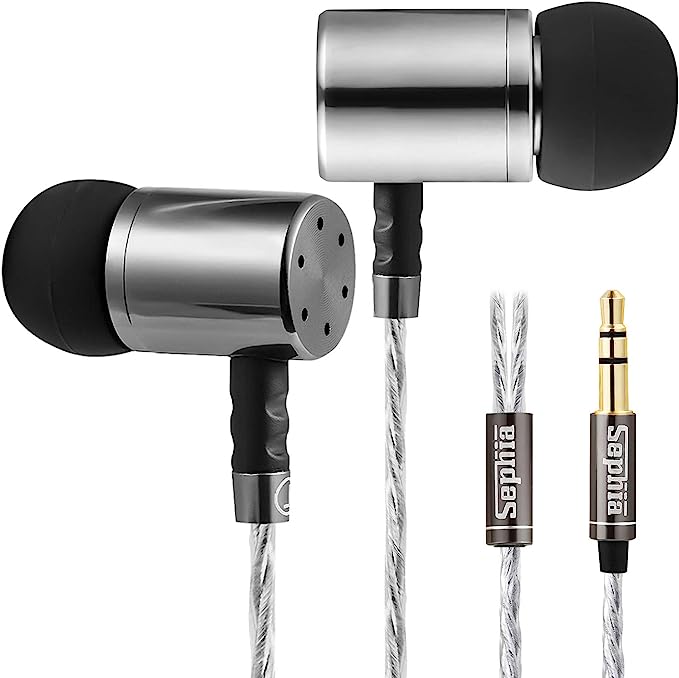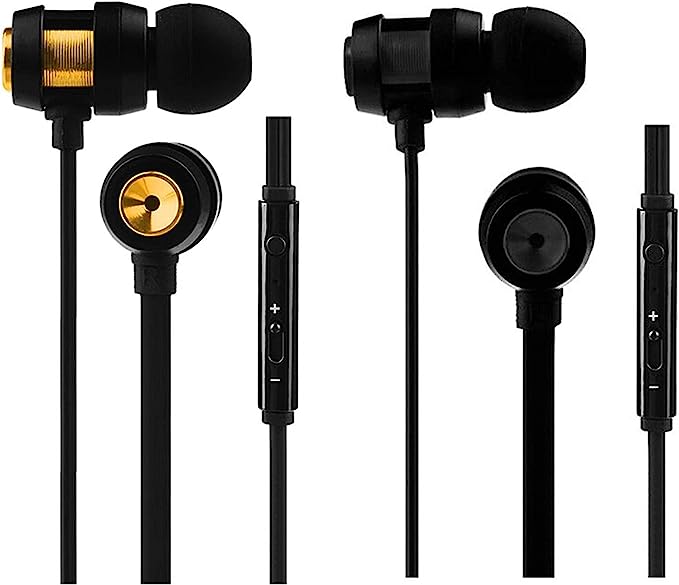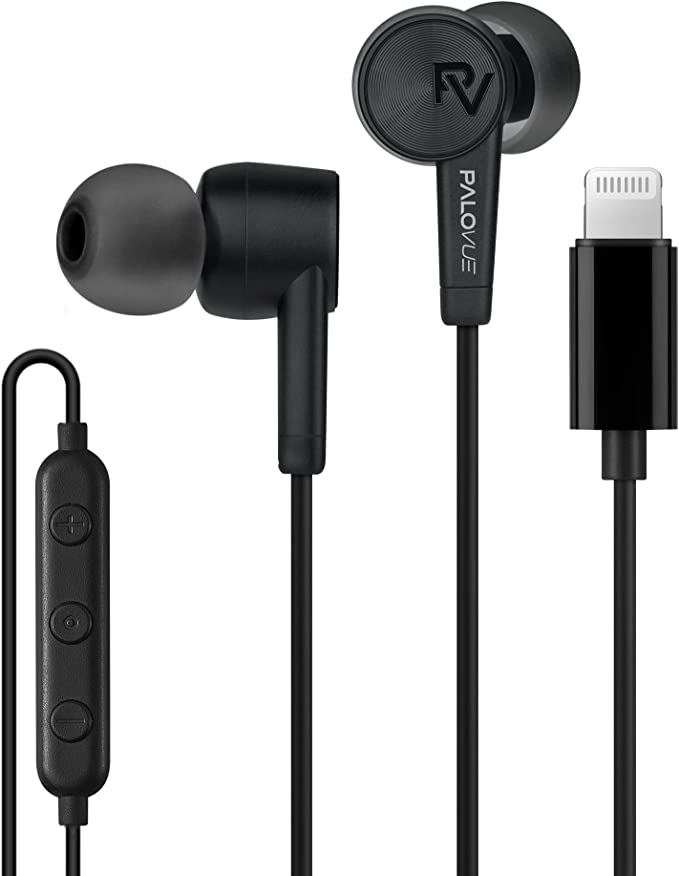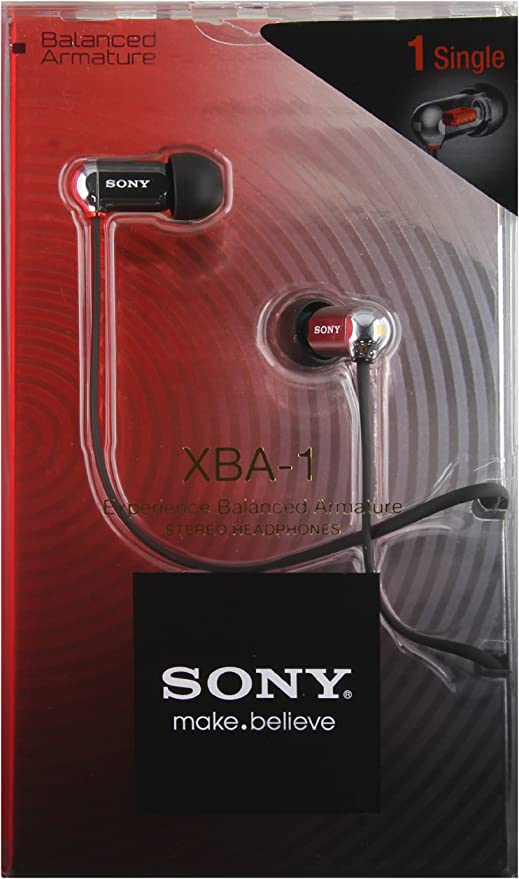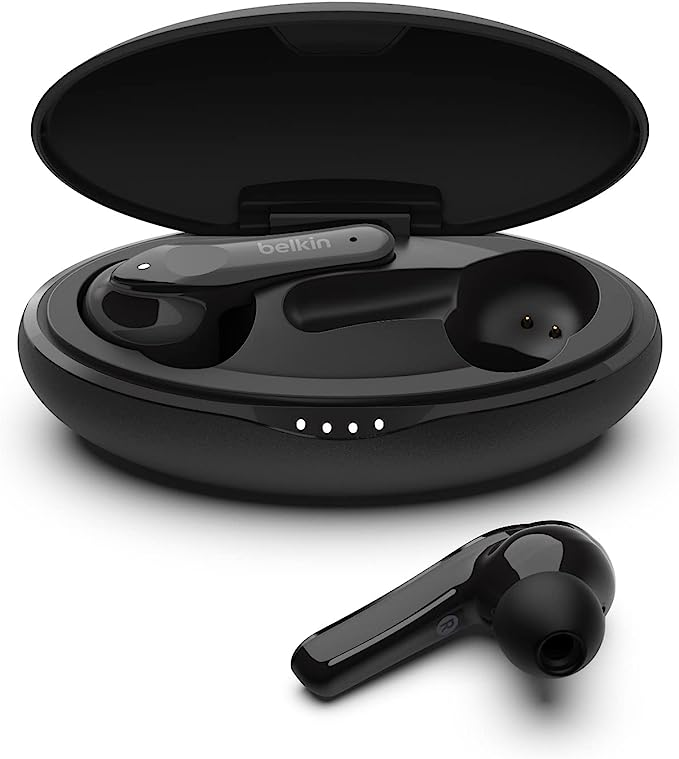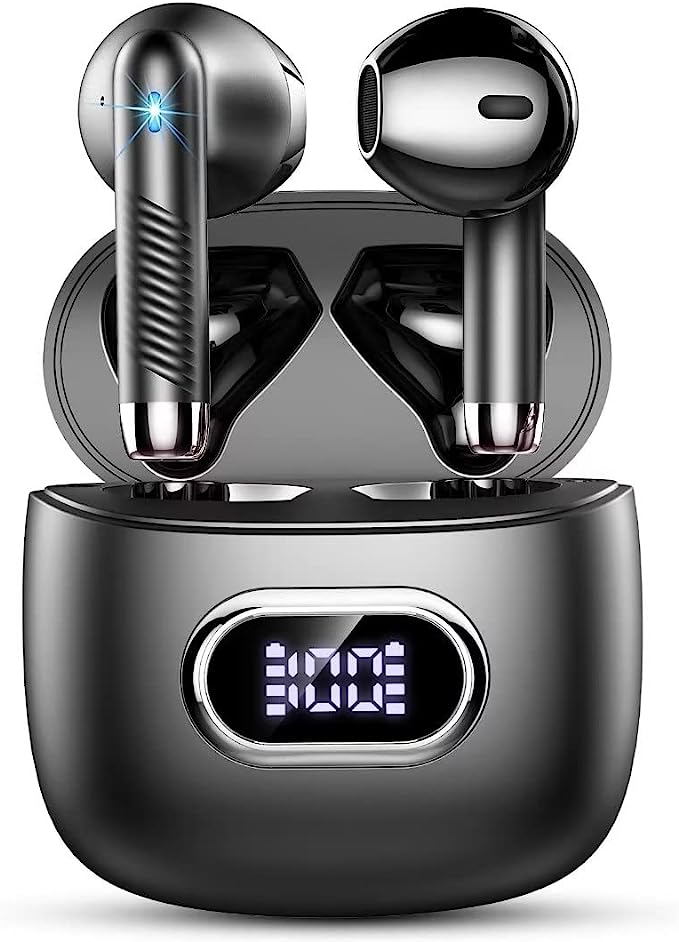BUGANI B09 True Wireless Earbuds: Immerse Yourself in Sound Without the Noise
Update on Aug. 4, 2025, 10:49 a.m.
From the cumbersome, telephone-operator headsets of the early 20th century to the almost invisible buds we use today, the quest for personal, portable sound has been a quiet constant of technological progress. This evolution feels like magic, but it isn’t. Every tiny wireless earbud is a dense package of history and science, a culmination of breakthroughs in physics, engineering, and digital communication. To truly appreciate these modern marvels, we must look past the spec sheet and into the very principles that make them function. Using the BUGANI B09 True Wireless Earbuds as our modern case study, let’s embark on that journey and decode the unseen science that powers your daily soundtrack.

The Physics of Feeling the Bass: Inside the Dynamic Driver
At the acoustic heart of most earbuds, including the BUGANI B09 with its stated 10mm drivers, lies a remarkable piece of 19th-century technology: the dynamic or moving-coil driver. First patented by visionaries like Alexander Graham Bell and Ernst Werner von Siemens, its core principle is an elegant application of electromagnetism. Imagine a microscopic loudspeaker. A small, lightweight diaphragm is attached to a coil of wire, which sits in the magnetic field of a powerful, typically neodymium, magnet. When the audio signal—an electrical current—flows through the coil, it generates a fluctuating magnetic field that interacts with the permanent magnet, causing the coil and the attached diaphragm to vibrate rapidly. These vibrations displace air, creating the sound waves that travel down your ear canal.
The critical factor here, as highlighted by the 10mm specification, is size. The laws of physics dictate that to produce low-frequency sounds—the deep, resonant bass you can feel—a driver needs to move a significant volume of air. A larger diaphragm has more surface area, allowing it to push more air with each oscillation, much like a large woofer does in a home stereo system. This is why an oversized driver can deliver a more powerful and visceral bass response. It’s not a digital trick; it’s a direct consequence of physical engineering, a refined application of a principle that has been the bedrock of audio reproduction for over a century.

The Art of Silence: Decoding Noise Cancellation for Calls
In the modern lexicon of audio features, “noise cancellation” is a term of beautiful ambiguity. It’s crucial, however, to distinguish between the technology that immerses you in your music and the one that ensures you’re heard clearly on a call. This is the difference between Active Noise Cancellation (ANC) and Environmental Noise Cancellation (ENC), the latter of which is featured in the B09. While ANC uses microphones to capture ambient noise and generate an inverse sound wave to cancel it out for the listener, ENC has an entirely different mission: to isolate the speaker’s voice for the person on the other end of the line.
Think of ENC as a sophisticated form of computational auditory focus. It relies on a microphone array and clever digital signal processing (DSP). One microphone is aimed primarily at capturing your voice, while one or more others are positioned to capture the sound of your environment. An algorithm then analyzes these inputs in real-time. It identifies the distinct characteristics of your speech and treats everything else—the roar of traffic, the café chatter, the hum of an air conditioner—as unwanted noise. The algorithm then digitally “subtracts” this noise from the transmission, leaving your voice clean and intelligible. It is, in essence, a beam of auditory focus, cutting through the chaos to deliver clarity.

The Invisible Lifeline: More Than Just a Number for Bluetooth 5.3
The connection that makes these earbuds “true wireless” is Bluetooth, a standard whose own name is a nod to history—named after Harald Bluetooth, the 10th-century king who united disparate Danish tribes. In the same spirit, the Bluetooth standard was created to unify a chaotic landscape of proprietary wireless protocols. Its latest iteration, Bluetooth 5.3, represents a significant leap in this mission.
To the user, this version number translates into tangible benefits. First is lower latency, a reduction in the delay between your device and your earbuds. This is critical for watching video or playing games, eliminating that distracting lag between seeing a character speak and hearing their words. Second is enhanced stability and efficiency, achieved through refinements in how devices negotiate channels and transmit data. But the true game-changer under the hood of Bluetooth 5.2 and beyond is LE Audio (Low Energy Audio). This new architecture is fundamentally more power-efficient, allowing smaller devices like earbuds to last longer on a single charge. It is this efficiency that makes a 6-hour playtime feasible in such a compact form factor. Furthermore, this standard paves the way for future innovations like Auracast, a technology that will allow you to share your audio with multiple nearby listeners or tune into public broadcasts in airports and gyms, continuing Harald’s legacy of unification.

Engineered for the Elements: The Language of IP Ratings
A product’s resilience against the environment is not a subjective claim; it’s a measurable standard. The IPX6 rating attributed to the BUGANI B09 is part of an international language defined by the International Electrotechnical Commission (IEC) in their standard 60529. Understanding this code demystifies durability claims. The “IP” stands for Ingress Protection. The first digit rates protection against solids, and the ‘X’ here simply means it has not been tested for this.
The second digit, ‘6’, is the crucial one for an active lifestyle. It certifies that the device’s enclosure can withstand powerful jets of water from any direction. This is a far higher level of protection than simple “splash-proofing.” In real-world terms, it means the earbuds are engineered to survive not just sweat from an intense workout, but also being caught in a torrential downpour. This is achieved through precise seals, gaskets, and sometimes hydrophobic nano-coatings on the internal components. An IP rating is more than a feature; it’s a universally understood promise of engineering robustness, a testament to a design built for the unpredictability of life, not just the sterile environment of a lab.
As we place these tiny devices in our ears, we are not merely listening to music; we are engaging with a rich tapestry of scientific history. The deep bass is a reverberation of 19th-century physics. The clear call quality is a triumph of modern computer science. The stable, long-lasting connection is the result of decades of collaborative innovation in wireless communication. A device like the BUGANI B09 serves as a potent reminder that the most profound technologies are often the ones that become so seamless they disappear, leaving us with nothing but the experience they enable. The next time you press play, take a moment to appreciate the unseen science making it all possible.

